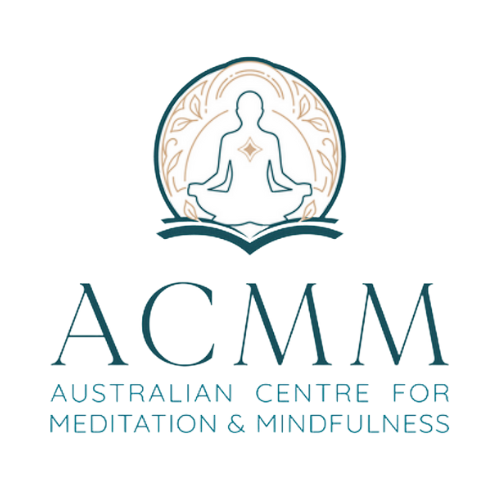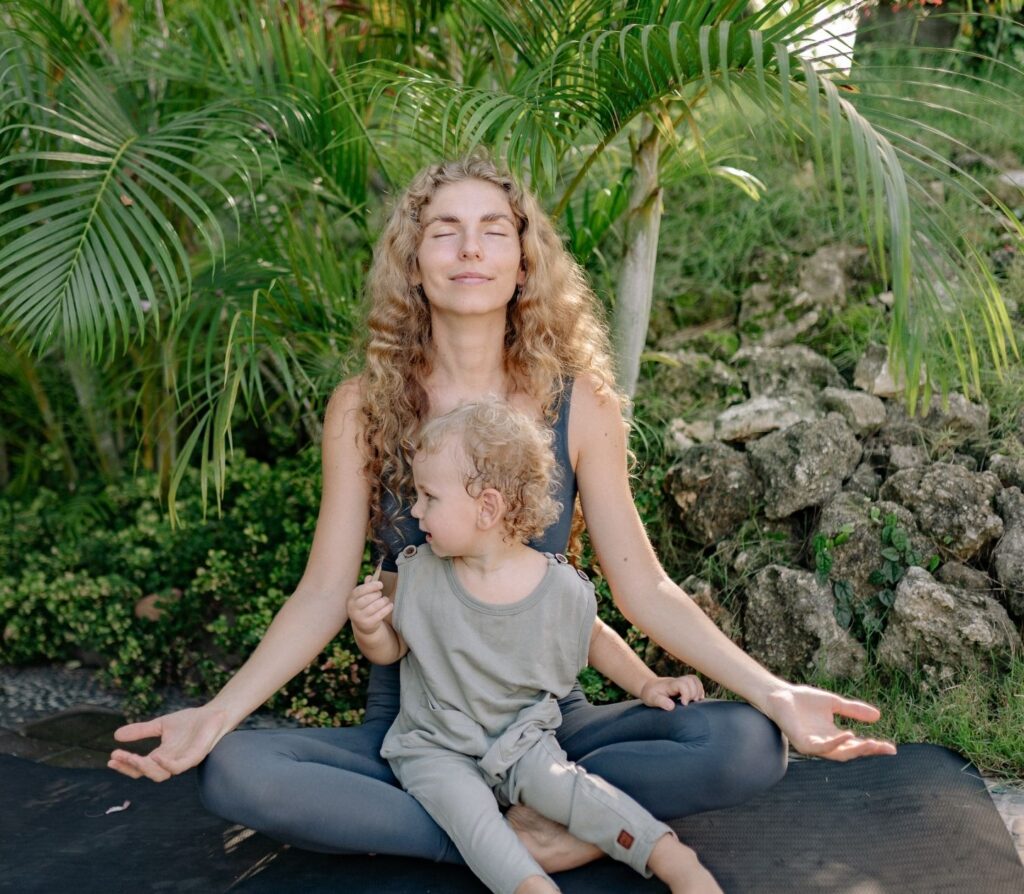Would you like to share your love for meditation and mindfulness with children? This week ACMM Coach and Children’s Mindfulness Teacher, Sammy Wynn gives us 5 tips on how to do just that! Continue reading to find out.
As adults, mindfulness can be supportive in helping us cultivate a sense of calm, inner connection, and contentment. It can allow us to pay attention to the present moment. To be fully awake and aware of our inner and outer world moment by moment.
How to share meditation with children

It can often be surprising to learn that mindfulness for Children doesn’t have to be complex. It can be an opportunity for play, self-discovery. Ss an adult, it can be a chance to connect with our own inner child. Something we can so often forget to do as we grow into adults.
Children can experience from engaging with mindfulness. These include;
- a stronger sense of personal identity,
- the ability to self-soothe,
- a deeper awareness and understanding of their full range of emotions
- as well as a sense of understanding and compassion for both themselves and others.
As shared by Janet Etty-Leal, creator of Meditation Capsules: A Mindfulness Program for Children. “In a world that is increasingly uncertain, Mindfulness education supports children to feel that they can know, trust, and believe in themselves. It provides the resources to care for their inner world and to enable healthy, kind outer connections in life.”
Would you like to share the magic of mindfulness with your children? Below are my top tips for getting started and for capturing the eye of your ever curious little one:
Number 1 – Fun, fun, fun
Mindfulness for children should be fun and based on play and discovery, especially for younger children. You may like to think about how you can incorporate mindfulness into games and engaging activities. Think about the many ways using bubbles can connect children to their breath. You can ask them to take in deep breaths and blow a big bubble or ask them to slow down their out breath and blow smaller bubbles. You can play a game of sleeping lions. The aim of the game is to lie still and to not be seen moving or you’re out. Why not create a feelings wheel together. A chance to use craft to explore the depth of our human emotions. Once you open up to play, the possibilities of weaving mindfulness into activities for children is endless!
Number 2 – Involve their senses
Children are particularly great at connecting with their senses. They are eager to listen to sounds, move their body or notice what they can feel. Sensory play (touching different shapes, textures, objects) is particularly helpful as they develop fine motor skills. You may like to take them on a senses safari . This involves going for a walk in nature and have them write or draw what they can see, taste, touch, smell, hear. Why not play a guessing game, asking them to close their eyes and get them to feel different objects and textures and guess what they are. This can also be a fun game to play with their sense of taste!
Number 3 – Lead by example
One thing I have found, especially in my Mindful Minis programs is that children will look to you for guidance when they are unsure. So, showing children that you too are enjoying mindfulness practices can be a great way to encourage them to get started. Enjoy some mindful colouring in together. Ask them to contribute their ideas to mindfulness games you could play. Show them it’s okay to talk about big feelings, such as feeling upset or angry and allow them to feel supported and safe to go on the journey with you. Engaging in the games together, rather than just instructing them can cultivate a sense of support and inclusion.
Number 4 – Let go of expectation
Little ones will be unlikely to lay down still or remain seated for a lengthy meditation practice. It’s great to let go of the idea that mindfulness with children will look the same as your mindfulness practice as an adult. Let go of the expectation that children need to be still and quiet during mindfulness practices. Allow them to explore in a way that suits them. Mindfulness, especially with children isn’t simply about stillness. It is about allowing them to explore their inner and outer world in a way that is unique to them. It allows them to create the bridge between mind and body. So they are able to develop the skills to be present with whatever arises for them. Even if that means a wriggly body!
Number 5 – Release judgement
Remember, there is no right and wrong when it comes to mindfulness. Support your children in sharing and exploring whatever it is they feel called to. Cultivate an environment where there is no right and wrong. This can often be a challenging concept for children living in an academic world of right and wrong answers. Rather, let them know there is no right and wrong, everything they discover and feel is completely fine. You’ll be surprised how at ease this can make them feel, allowing them to share and embrace play. You can do this by sharing there are no winners and losers in games. There are no silly questions and there are no limits on their creativity. Yes – 
Sharing mindfulness with your children can be a truly beautiful and joyous experience. It can allow you to connect to your own inner child. To access your own inner creativity. And most of all to make memories with your precious little ones. What a gift to be able to share mindfulness with the next generation. To support them in connecting with their emotions, thoughts, and bodies in a present, non-judgemental way. To let them know that who they are in enough and that what they feel is okay. I personally, can’t think of a greater gift I could possibly give my children.
ACMM provides a range of accredited online meditation and mindfulness teacher training options and support, including our Post Graduate Diploma and Community Work Placement Program which supports new meditation teachers to begin or expand their teaching practice. Book a discovery call here to find out more!
Related articles:





